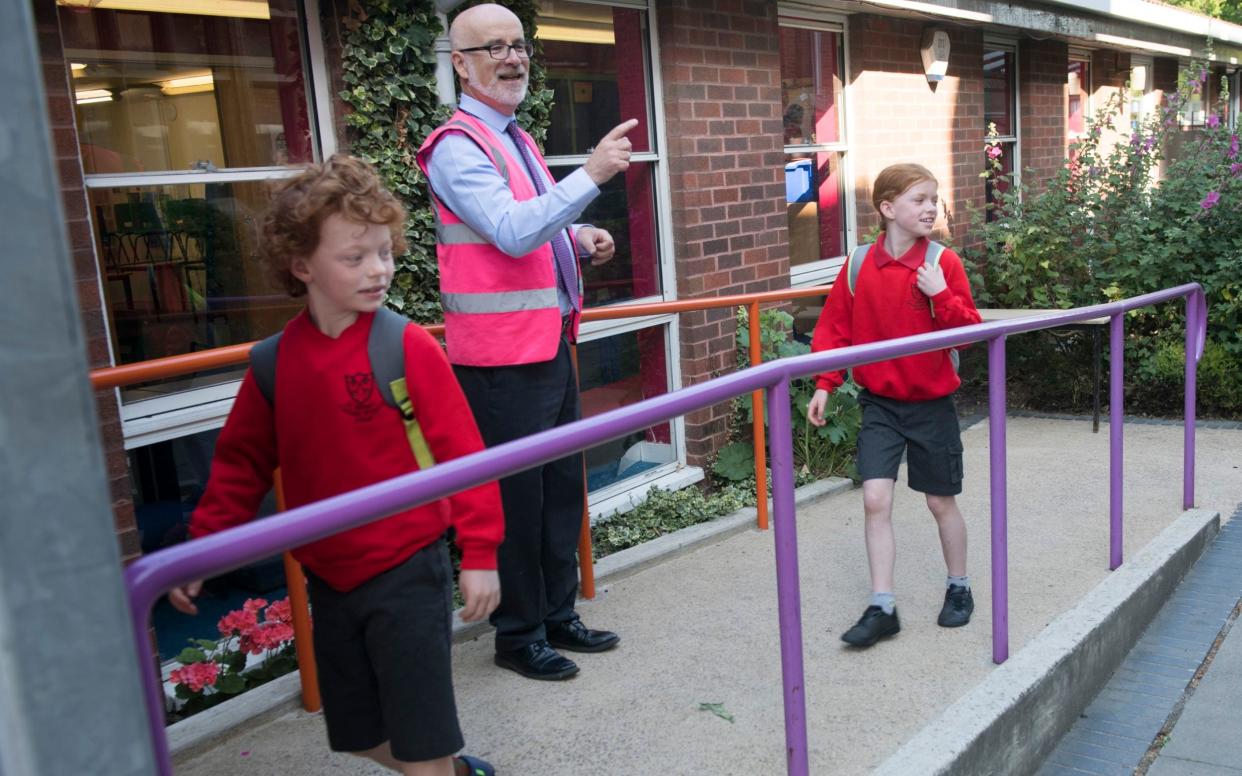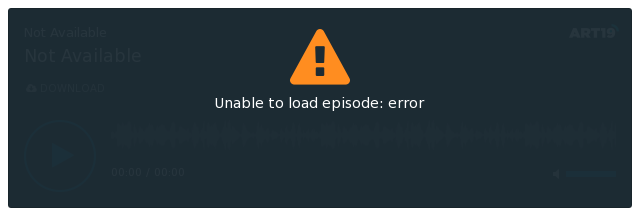Reopening schools completely will not cause second coronavirus wave, new research says

Allowing all children to return to school will not cause a second coronavirus wave, new modelling suggests.
From this week, reception pupils as well as those in years one and six have been back in primary school classrooms, but some experts have voiced concerns that the coronavirus reproduction 'R' number is still too high to be releasing lockdown.
Modelling from the University of Warwick suggests the partial lifting will not push the 'R' number above one and spark a rise in new cases.
The study also shows that allowing all school years to return will not cause a second wave, but researchers say there must be close monitoring of the 'R' rate in order to make sure it is not creeping up.
Despite the modelling, the authors say the Government should bring back pupils gradually so that they can see how schools will interact with other lockdown measures being lifted. Officials must be ready to reintroduce measures quickly should there be a significant rise in the number of new cases, they add.

Dr Ed Hill, of the Zeeman Institute for Systems Biology and Infectious Disease Epidemiology Research (Sbider) at Warwick said: "Our model indicates that reopening schools alone is unlikely to push 'R' above one. But other changes in the wider population can exacerbate these effects, so any reopening policy should be implemented gradually to mitigate risk."
The team investigated a range of school reopening scenarios, including the current policy as well as children returning in half-sized classes and all primary and secondary school children returning to full-time education.
They used a detailed mathematical model that merges case numbers, contacts of children and infection rates to calculate how mixing in classrooms will alter the trajectory of the virus.
Professor Matt Keeling, the director of Sbider, said: "Our work indicates that the current policy of reception, Year One and Year Six children returning to school is likely to result in a small increase in the reproduction number. In isolation, this is unlikely to push 'R' above one."
Author Louise Dyson added: "We predict that the return of secondary school children to the classroom will result in greater mixing between children than if only primary school children return. However, it is important to note that any increase in mixing will likely lead to some increase in Covid-19 cases, even if the value of 'R' remains below one."
The researchers conclude that the modelling supports the cautious complete reopening of schools and monitoring.
Co-author Dr Mike Tildesley said: "We would advise that the impact of any relaxation policy, including school reopenings, should be carefully monitored to establish the effect on the reproduction number and, if necessary, there should be a consideration of reintroduction of measures should there be a significant rise in cases in the future."
The research, which has not been peer reviewed, is published on the university's website.


